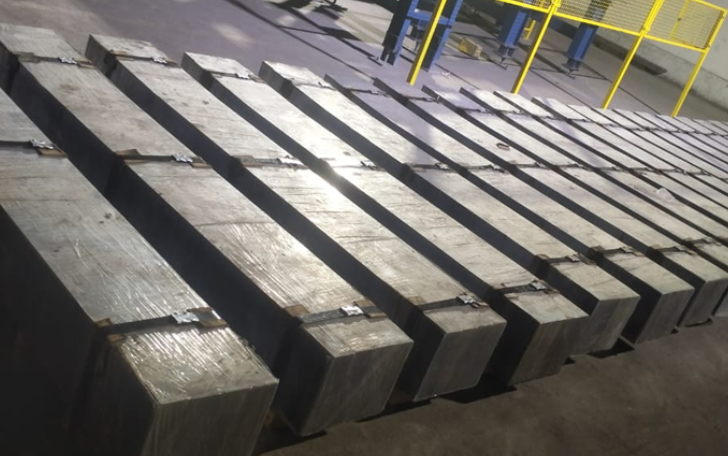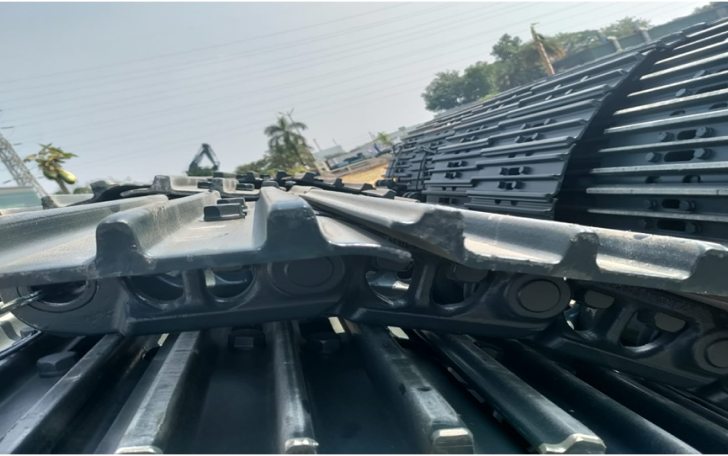What are Sheet Piles?
Sheet piles are thin interlocking steel sheets used to construct a continuous barrier in the ground to retain earth/water. Interlock is typically achieved by clutching the edge of one pile into the previous pile. Vibratory hammers are used to install sheet piles. Id the soil is too hard or dense, an impact hammer can be used to complete the installation. At certain sites where vibrations are a concern, sheets can be hydraulically pushed into the ground using silent pillar. Sheet piles are also a sustainable option since recycled steel is used in their construction and the piles can often be reused.
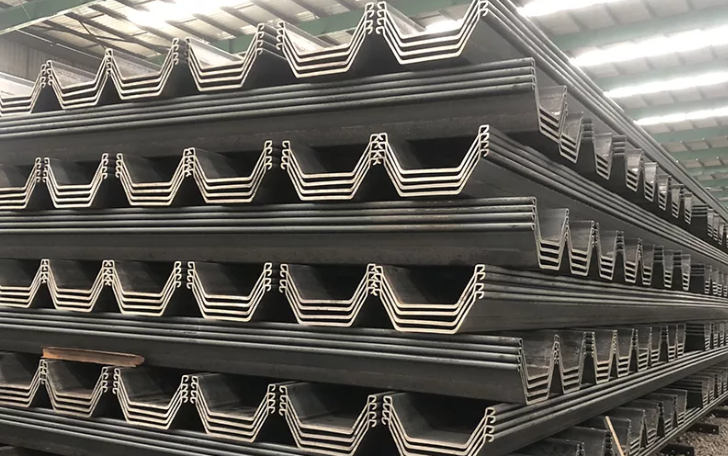
Uses of Sheet Piles Structures
Water Protection
Pumping stations sewage works stormwater overflow basins stormwater retention basins dyke protection
Structures For Waterways And Watercourses
Lock Weirs, Bridge abutments Culverts, Safety gates Flood protection walls Pier foundations Intake & outfalls
Civil Engineering
Foundations Footings Trench shoring Underground car parks Excavations
Environmental Protection
Pumping stations sewage works stormwater overflow basins stormwater retention basins dyke protection
Ports
Quarry walls, Dock structures Dolphins, Ro-Ro facilities
Noise Abatement
Noise Barriers
Waterways
Extensions and upgrades Diaphragm/slurry wales Embankment protection berths Scour protection

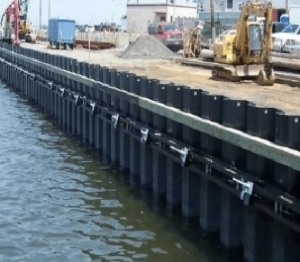

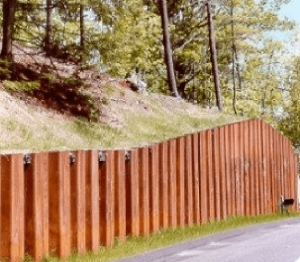
Advantages of Sheet Piles
Tailor Made Solution
Prefabricated Product With High Quality Control
Faster Execution Time
Longer Design Life
Longer Design Life
Flexible Delivery Support
Technical & Commercial Support
Preliminary Advice
Driving Recommenda Tions
Technical Assistance On And Off Site
Sp-iv, u-shaped sheet piles produced at JSP, raigarh

The mechanical properties of SP-IV Sheet Pile
| Type | Mechanical Properties | ||
|---|---|---|---|
| Yield Strength (N/mm2) | Tensile Strength (N/mm2) | Elongation (%) | |
| SP-IV | 424 | 552 | 32 |
The SP-IV cross-sectional performance values
| Dimensions | Per Steel Sheet Pile | Per Each Meter Of Wall Width | |||||||
|---|---|---|---|---|---|---|---|---|---|
| Effective Width W (mm) | Effective Width W (mm) | Effective Width W (mm) | Effective Width W (mm) | Effective Width W (mm) | Effective Width W (mm) | Effective Width W (mm) | Effective Width W (mm) | Effective Width W (mm) | Effective Width W (mm) |
| 400 | 170 | 15.5 | 96.99 | 4670 | 362 | 76.1 | 2270 | 38600 | 190 |
Related Products
FAQs
What are sheet piles?
Sheet piles are thin interlocking steel sheets used to construct a continuous barrier in the ground to retain earth/water. Interlock is typically achieved by clutching the edge of one pile into the previous pile. Vibratory hammers are used to install sheet piles. Id the soil is too hard or dense, an impact hammer can be used to complete the installation. At certain sites where vibrations are a concern, sheets can be hydraulically pushed into the ground using silent pillars. Sheet piles are also a sustainable option since recycled steel is used in their construction and the piles can often be reused.
What are sheet piles used for?
Sheet piles are used for retaining or supporting soil, water, and other materials in various construction and civil engineering projects. They are commonly employed in applications such as building foundations, waterfront structures, cofferdams, and flood control systems to prevent soil or water from collapsing or eroding. Sheet piles are often made of steel or concrete and are driven or vibrated into the ground to create a continuous, interlocking barrier that provides structural stability and prevents the movement of earth or water.
What are the advantages of sheet piles?
The most important advantages are as follow:
- Easy connection to the superstructures
- Easy installation at site Faster construction – immediate follow-on work
- Flexibility with pile sizes as per the load capacity
- No limit to pile length

